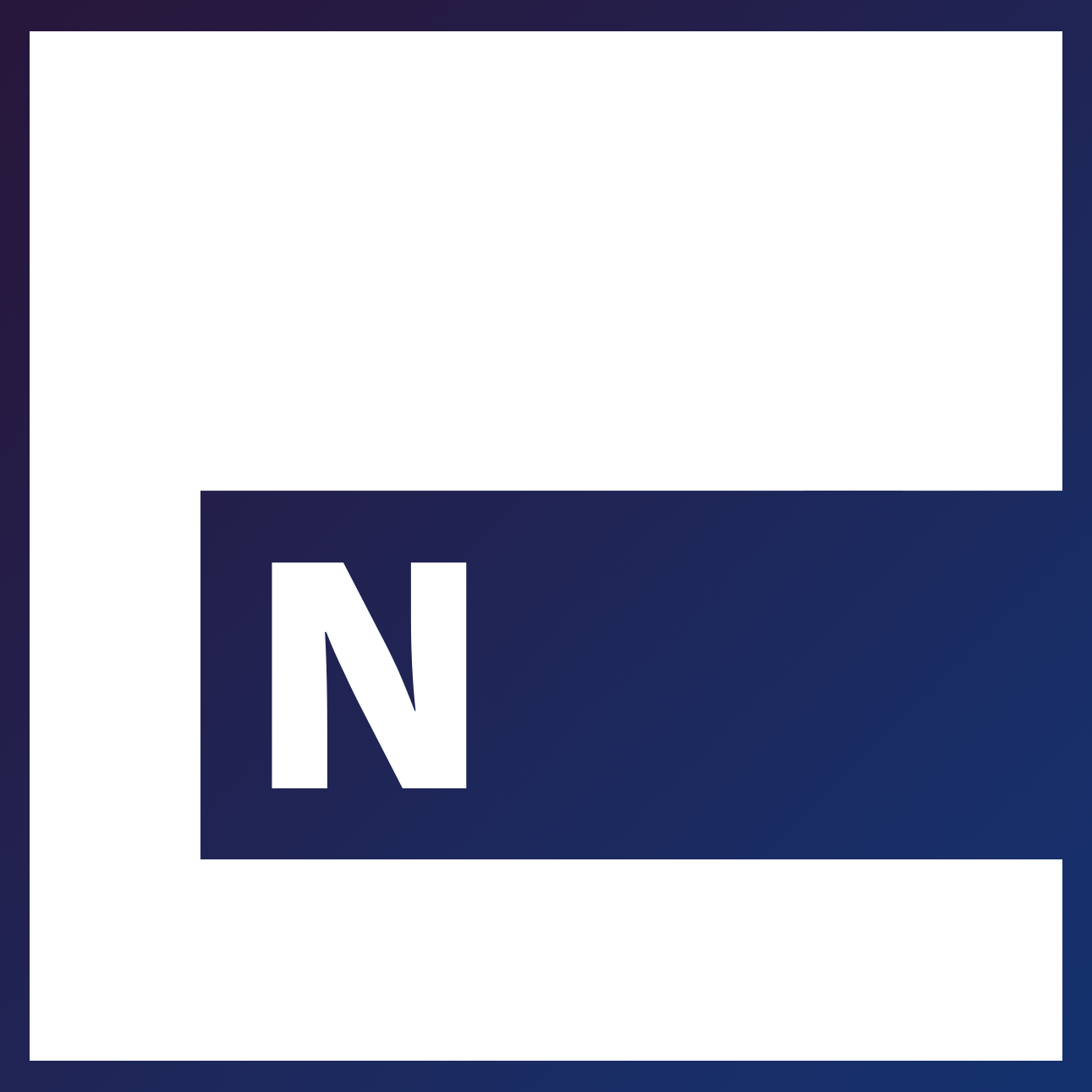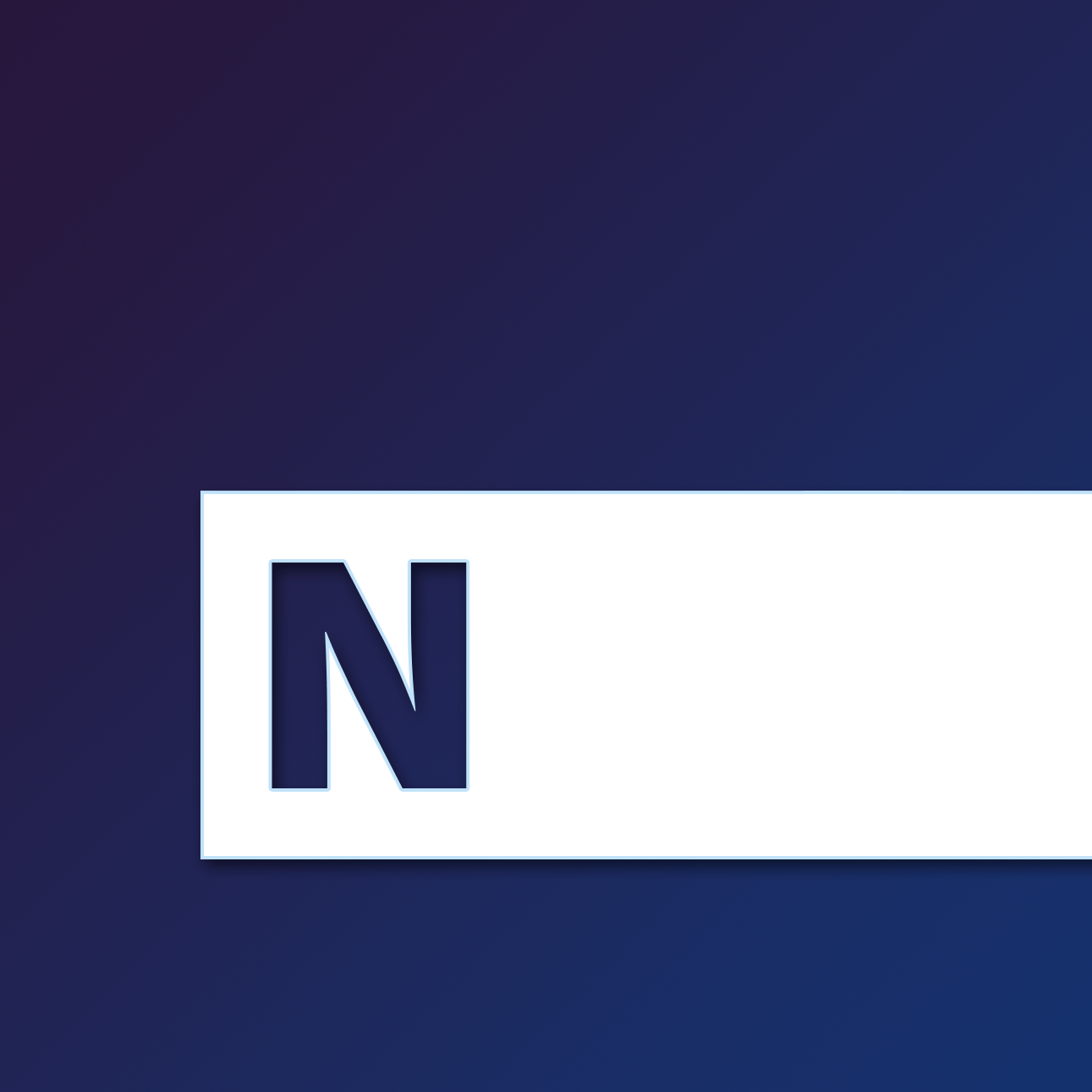In this new post, I will share with you our recent and current experiences with two platforms that we have been using in conjunction, for running a closed beta test phase for our enterprise prototype software. We allowed one month for the development of the pure code of the program, two weeks for producing YouTube videos and tutorials, three days for preparing the test cases and putting them in an Excel file, and two days for editing and publishing the documentation. These resources allowed us to begin recruiting people and make them test our future product.
User Interviews for recruiting testers and meet them
Since the start of 2022, we have applied Lean Startup recommendations on how to commercialize new products to the market, following startup mentor advice. Soon, platforms like User Interviews (UI) were on our path. In Lean Startup books and online documentation, you learn essentially how to avoid a product failure by offering something nobody wants and is willing to pay for. No matter if your product is BtoC or BtoB, you need to follow a series of steps and phases. Our product, timeNough, is designed to be an enterprise software, sold to companies in exchange for a license fee or subscription. We had to carefully follow these stages.
The first of these is called the Problem Interviews. We had to head out on the streets, ask people if they were okay with having an interview with us, where we ask them how they feel about different subjects, like employee monitoring software or time tracking software, and allow them to speak about it for approximately 30 minutes or one hour, letting them tell us everything, from the good things to the pain points, within their organization. For us, a decision to buy our product one day would be made by C-level executives, decision makers, officers, or managers, since we are BtoB. That’s the kind of people we had to interview.
Even on LinkedIn or other professional networks, you’re more likely to meet that population if you’re already a decision maker yourself. Unfortunately, Benjamin and I both come from the world of employees, which means it is even more difficult to simply talk to a decision maker and ask out of the blue for a Problem Interview, as we are taught in our startup training courses. Many invitations, friend requests, and solicitations were sent, but nothing concrete emerged. We needed a platform, an online location, where we could simply recruit these individuals based on criteria, regardless of where they came from, then organize these kinds of interviews on the platform.
One day after spending many hours on Google looking for a third party service to recruit business owners for specific Problem Interviews, I found User Interviews by chance. It’s one of the only platforms where you know quite soon how much you will have to pay for your recruiting. This is without hidden fees or “Get Quote” buttons that will force you to schedule a call with a salesperson in the next days. In UI everything is crystal clear and in self service. There is a 40 Dollar incentive fee if you’re looking for a certain type of person, and if you’re recruiting within a BtoB project, which is the case of timeNough, the fee is 90 Dollars. That’s it. If you’d like your project to be more attractive, you can increase the incentive amount, but your budget must follow.
I loved their simple interface, simple configuration of the recruitment process, and their transparency. For example, we needed Chief Executive Officers, Chief Marketing Officers, Chief Technology Officers, Human Resources Officers/Human Resources Managers, Business Intelligence Business Analysts, Chief Operating Officers, Accountant/Accounting Managers, Global Head of Sales, IT Architects, Compliance Officers, ERP Administrators and BPM Managers. After 24 hours, quality leads matching our requirements arrive direct to the dashboard, and you just have to choose the most interesting ones using something called a “screener survey”. Also provided are additional information about the volunteers, such as Name, Age, Race / Ethnicity, Gender, Household income in USD, Level of education, Marital status, and Living situation. A wealth of information to assist you in segmenting and creating your personas if you are at the same stage as us: the Market Research phase.
Even today, I recommend User Interviews. Everything seems to be well planned and organized for project owners that need a focus group or a bunch of volunteers as soon as possible for anything they want: a prototype testing phase, a survey, an online workshop, a webinar. I could use the platform to recruit participants to Problem Interviews, then conduct Solution Interviews with the same people, and on each round, filter out the more enthusiastic participants. Brilliant! According to what your goals are, UI can provide you with a Project Coordinator, who actively helps you to increase your recruitment project’s appeal to the large pool of candidates they have on hand. Let me conclude this complacent paragraph by sharing with you the link to our latest recruitment project there: this one, and you can apply yourself too. You will be placed on a waiting list by administrators from UI.
Lookback.io for guiding testers properly in a live session
Once you have recruited a group of participants, paid them with an incentive from your own money, and contacted them through Zoom meetings (through a User Interviews proper agenda), you can come back to them inside the same platform and tell them: “Based on feedback and pain points you confessed during the Problem interview, we built a prototype that you can review, test yourself and then conduct with you a Solution Interview as in Lean Startup. Do you want to continue with us?”. At that point, guys from User Interviews start advising you to use a third party service like Lookback.io, to keep the adventure with an additional service, simply because the goal of UI is to provide you with the participants, nothing else. To conduct an efficient closed beta testing phase with something called “unmoderated tasks”, another specific tool is required, and Lookback.io is one of them.
The pricing is different there, you pay by what they call a session. You create a project of four different types, and within the project, Lookback lets you organize sessions where users you have to bring yourself will do things, actions or tasks you specify, or simply chat with you. A user even needs to download a specific browser extension to be able to start a session. Everything is recorded. At the end, you have a dashboard where you can monitor what happened and the content of each session, of each recorded video. In our case, after finishing our prototype, hosting it online with a bunch of additional pages and links for regular testers to follow, Lookback.io was in fact the strongest tool to make people test it the way we wanted, step by step, feature by feature. You now know two of the components of our beta testing process: User Interviews for recruiting beta testers, Lookback.io for sending the beta testers to a live session of tasks on the prototype. Here is the link of our project there. To prevent testers from leaving, we used a third and last tool, TypeForm, at the end of the testing.
TypeForm for gathering testers feedback once the testing ended
The entire procedure we had to put in place was for a meeting called “Solution Interview”, the final step consisting of discussions with recruited testers about our prototype they had just tested. For preparing this meeting, we needed some material to discuss. Thus, based on the User Interviews’ Project Coordinator’s recommendation, we’ve created a final questionnaire, and asked our testers to take 5 minutes after the Lookback unmoderated tasks to fill it out. There is one more third-party service left to be used: Typeform. Probably you’ve heard of it, but TypeForm is just an online survey editor and hosting service, where you can prepare, design and manage from A to Z a series of questions with their possible answers, define their order and appropriate interactions based on user participation. You will be given a link to share, such as Lookback.io, but it’s up to you to let others know about this link. In our case, the beta testers recruited from User Interviews.
A lot of time was spent on preparing a series of 40 questions on that platform for retrieving as much data and feedback from the mouths of our testers after their testing, and then using it in a debriefing with them during the Solution Interview. Surprisingly, the participation rate was quite high. With this last heavy stage, we expected our testers to lose their patience and give up on it, or simply stop at the first 3 questions, but instead, well over 97% of them finished it, answered till the last question. In other words, if you told people all of the steps and requirements you expect from them for testing quality, from the moment everything is clear enough, this will mean whatever steps you prepare will be followed 100%. Just amazing. In the same way as I did for the previous platforms, I am sharing with you the link of the final questionnaire. You will probably realize how strongly connected these 3 platforms and steps are, as well as how it makes sense.
Conclusion
Now you have a better understanding of how we conducted the end of our Market Research and the start of the beta testing of our enterprise software prototype. All of this was new to us, we received a lot of recommendations, and we read a lot about it, but not everything is explained clearly on the practical side, so I have to say that there was a lot of experimentation mixed with a lot of doubts. It’s impossible to know what to expect when you try one of these 3 platforms for the first time, and certainly how much it will end up costing you. Even after you design and implement a process, you are not sure if it will work and produce the expected results. It is even possible that you may not use these platforms as the people who created them intended. During all of that, I remember told Benjamin that we should do the best we could, from where we are, using what we had, and that’s just what we did as startup founders:
- we targeted people closest to who we want to decide to purchase our product on User Interviews
- then we were able to have our first contact with them and discuss with them a desired topic: their employee monitoring software and what they think of it
- we developed a prototype of our product based on what they told us
- we made it appealing enough so that they would be interested in testing it
- we put in place a system called “unmoderated tasks” on Lookback.io to guide them through a well-prepared testing phase
- to retrieve raw feedback of their experience, we put in place a final questionnaire on TypeForm
- we tried to arrange a final meeting with them to discuss how to begin a collaboration.
There are probably better and less expensive ways to find beta testers for your software prototype, but I guarantee that in terms of energy spent, time spent, quality results at the end and conversion rate, we put ourselves in a great shooting position for the future of our startup project. It is also interesting that once you have a dedicated recruitment platform and it produces tangible results, you can simply return to it and repeat the recruitment loop for the same type of project or for one that is entirely different from the previous one. Whenever you want your target audience to participate in something crucial to you, it becomes central.
Share this elsewhere:
Arnaud M. Lagardère
As a self-taught frontend programmer, Arnaud founded timeNough Europe Inc. in December of 2021 with his best friend Benjamin Caumeil. Veteran of 11 years in IT systems and as much experience using enterprise software, he discovered where these products failed on usability and comfort for users. He started to develop his own human-centric solution in 2016, for now selling it to corporations.
Related Posts
22 May 2022
Major players expanded their Enterprise Software offerings
We were able to isolate a repetitive pattern that some manufacturers of the…
28 March 2022
Documentation and introduction to our first MVP testing
The MVP of timeNough is now available after 1 month of development, this…
15 December 2021
In the software world, the end justifies the means
It's a damning and disappointing observation anyone with any sense in this…








